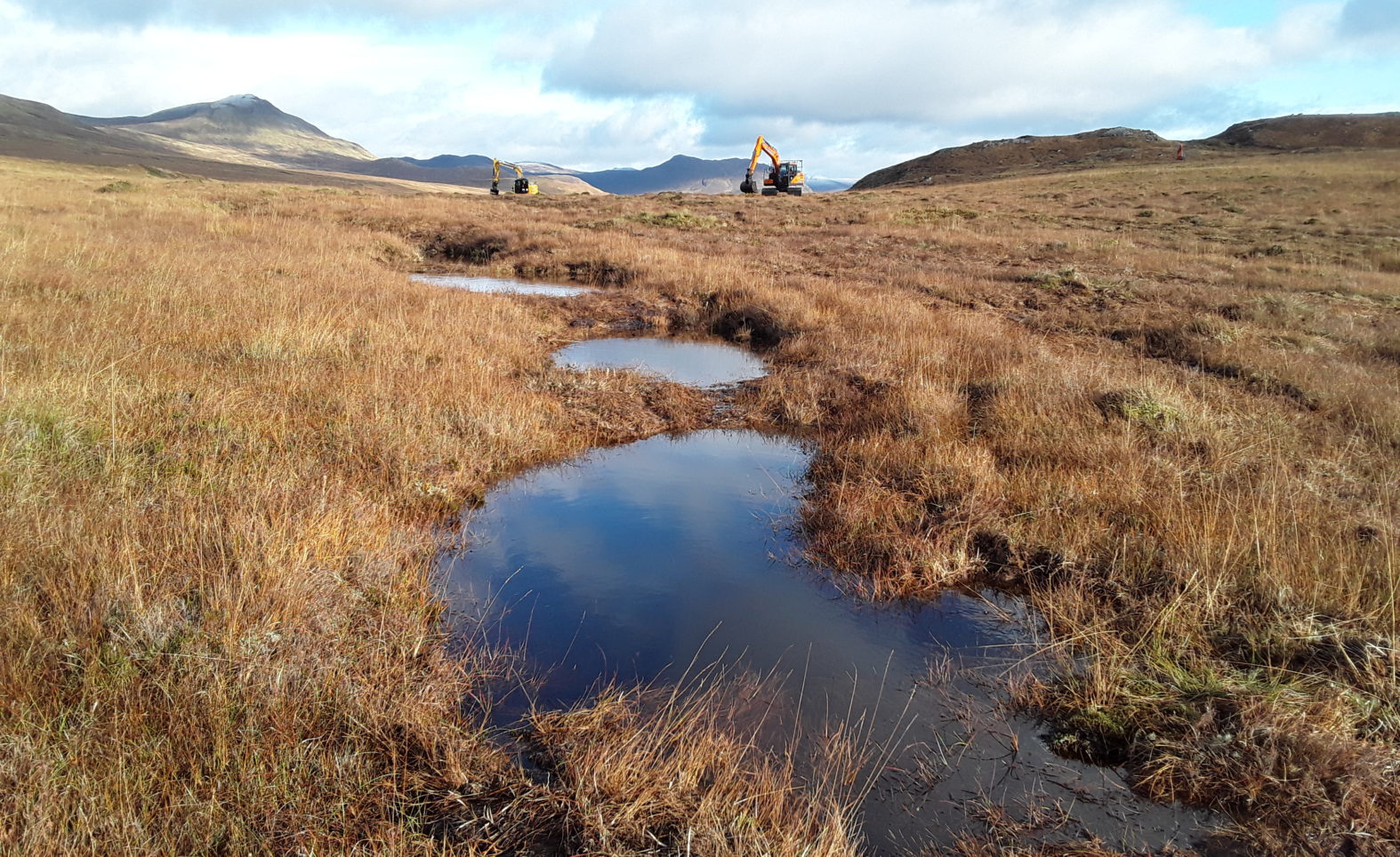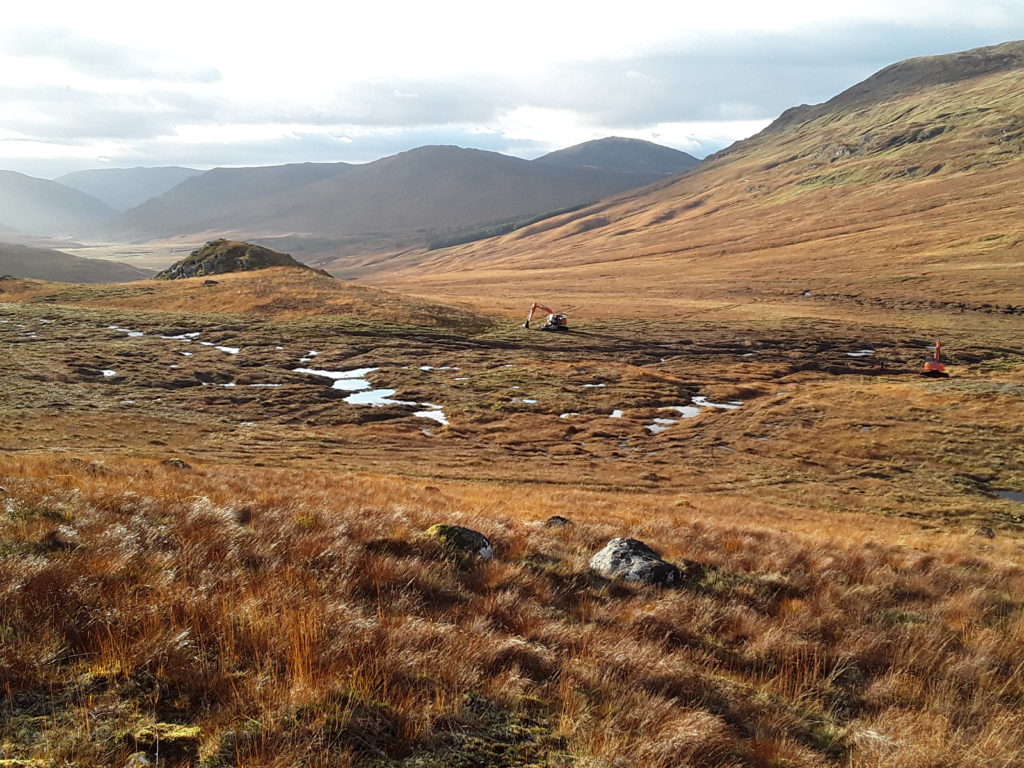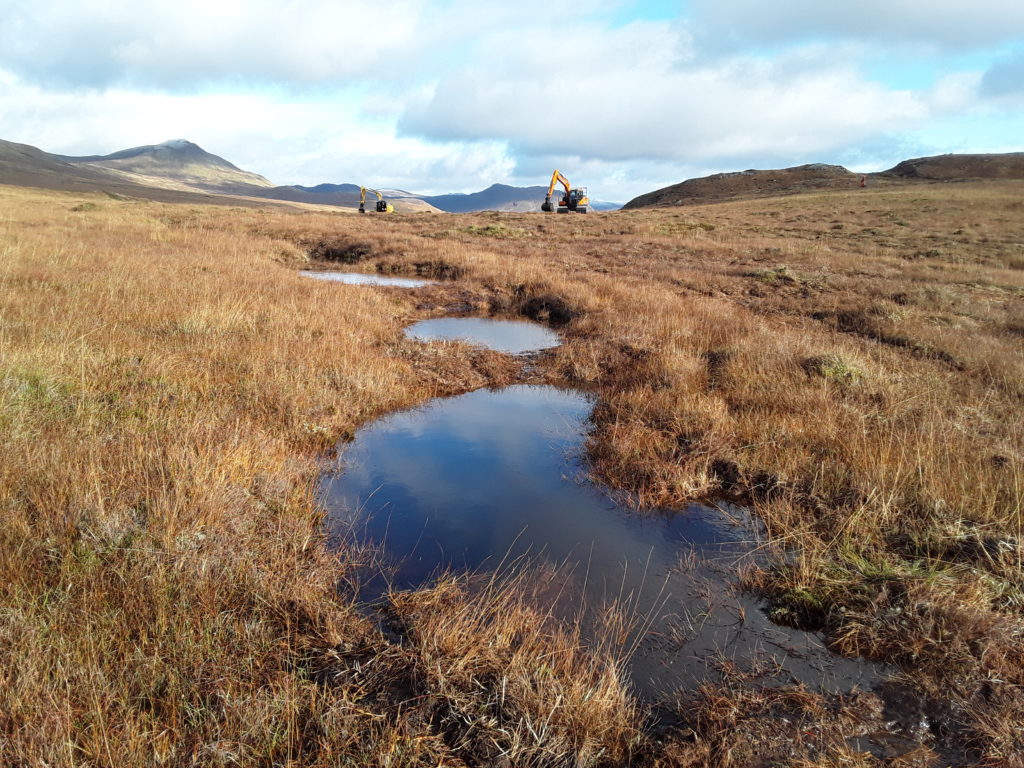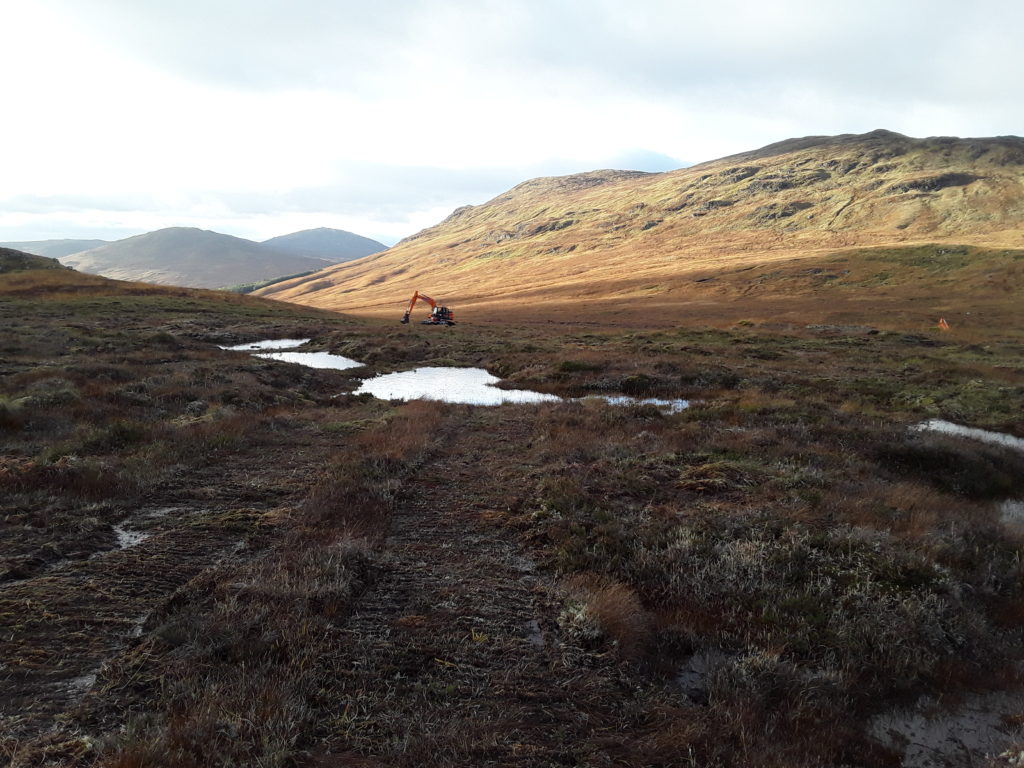USA Expansion
Liberty Steel USA catapults forward with the acquisition of Keystone Consolidated ...


JAHAMA Highland Estates, part of GFG Alliance and sister company of ALVANCE British Aluminium, is carrying out significant peatland restoration work this winter in its Scottish Highland landholding as part of a long-term programme that will help Scotland to tackle carbon emissions.
As much as 20% of Scotland is covered in peat soil, serving as a carbon store for more than 1.7 billion tonnes of carbon. Degraded peatland is a major source of carbon emissions, and the Monadhliath Deer Management Group (MDMG) in 2017 launched a decade-long plan to improve the condition of the upland peatlands in the Monadhliath mountains. So far JAHAMA’s restoration programme has treated 195 hectares (ha) of peatland. Over the coming winter 50ha more will be treated, paving the way for similar programmes next year. Work in the season 2024-5 will bring the total area treated to 365ha.

The restoration includes re-wetting the site, restoring natural flow pathways and promoting an increase in the cover of key peat forming plants such as bog mosses and cotton grasses in the vicinity of blocked drains. This has helped improve the condition of the habitats present, reduced the rate at which eroding peat sediment is released into river systems during storms, and helped slow the rate of run-off into rivers downstream.

What are peatlands? Peatlands are terrestrial wetland ecosystems in which waterlogged conditions prevent plant material from fully decomposing. They are a type of wetland which are critical for preventing and mitigating the effects of climate change, preserving biodiversity, minimising flood risk, and ensuring safe drinking water.
Peatlands are the largest natural terrestrial carbon store. They store more carbon than all other vegetation types in the world combined.
Why are they important? Peatlands are among the most valuable ecosystems on Earth and a stark example of how important our natural environment is to our wellbeing. Occupying just 3% of the Earth’s land surface, peatlands are our largest carbon store on land. They are places where people derive clean water and food, and can act as buffers for environmental disasters, such as flooding. They are also of global significance for biodiversity with majority of peatland species and habitats rare, threatened or declining.
Learn more about the importance of trees and peatland in the GFG Foundation video on carbon capture.
Leave A Reply